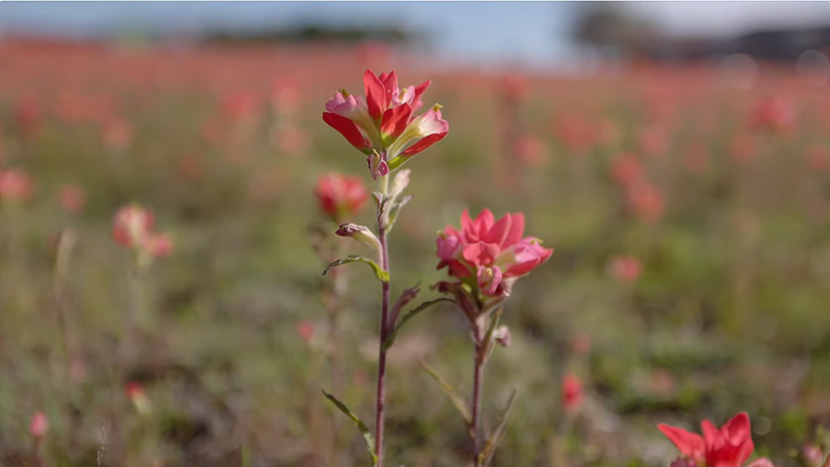What is a Hemiparasite Plant? Case Study: Indian Paintbrush
The more you learn about all of the mechanisms that plants have evolved to survive, compete, and thrive, the more you will be amazed. From seeds that can stay dormant for years waiting for the right conditions, to chemical signals sent through the air to warn conspecifics about predation, and even parasitization, the plant kingdom is really incredible. So how about that last example? Well, though the majority of plants rely on photosynthesis to help them create energy from the sun, some plants have a bit of a different idea – why not take energy and resources from someone else?
That’s right, there are parasitic plants out there! Let’s take a look at what that means and how they do it!
What is a Parasite?
The definition of parasite is an organism that relies on a host organism in order to complete some part of its life cycle at some cost to the host. Essentially, it is a symbiotic relationship where the parasite needs the host to survive, and the host is negatively impacted in some way by the parasite. These negative effects can be as minor as the host losing a bit of energy and being irritated and/or uncomfortable (think head lice, yuck!) or can be as major as causing death to the host.
Parasitism could be considered the most successful evolutionary strategy, with a massive diversity of parasitic organisms evolving over and over again, completely separately from one another. Surprisingly enough, plants are no exception. In fact, many plants are parasites to other plants.
What is a Parasitic Plant?
Parasitic plants rely completely on parasitism for their energy. They will usually work their roots into the root system of other plants or the mycelium of fungi and steal things like energy, nutrients and water without giving anything back in turn! An example of this is the ghost pipe, an odd looking white plant that makes its living by stealing everything it needs from the mycelium network around it.
What is a Hemiparasite Plant?
The hemiparasitic plant definition is: a plant that parasitizes other plants but can also photosynthesize in order to create some of its own energy. Some of these hemiparasites still can not fully mature without the “help” from their neighbours. An example of a hemiparasite from North America is the Indian Paintbrush (Castilleja coccinea).
The Indian Paintbrush is a Hemiparasite
The Indian Paintbrush is a beautiful example of a hemiparasite. This flowering plant from the broom-rape family reaches its roots out into the ground, partially dissolves the root wall of some unsuspecting neighbouring plant and taps into its xylem network. By doing this, the Indian Paintbrush can steal water as well as nutrients and energy from plants like grass or sagebrush that are growing around it.
The Indian Paintbrush is considered a hemiparasite because it is also able to photosynthesize and create some of its own energy, but interestingly enough, it is not able to reach maturity without having first parasitized another plant. So long story short, it is dependent on neighbouring plants to be able to complete its life cycle.
Learn about how to Identify and forage Indian Paintbrush here!

































































































